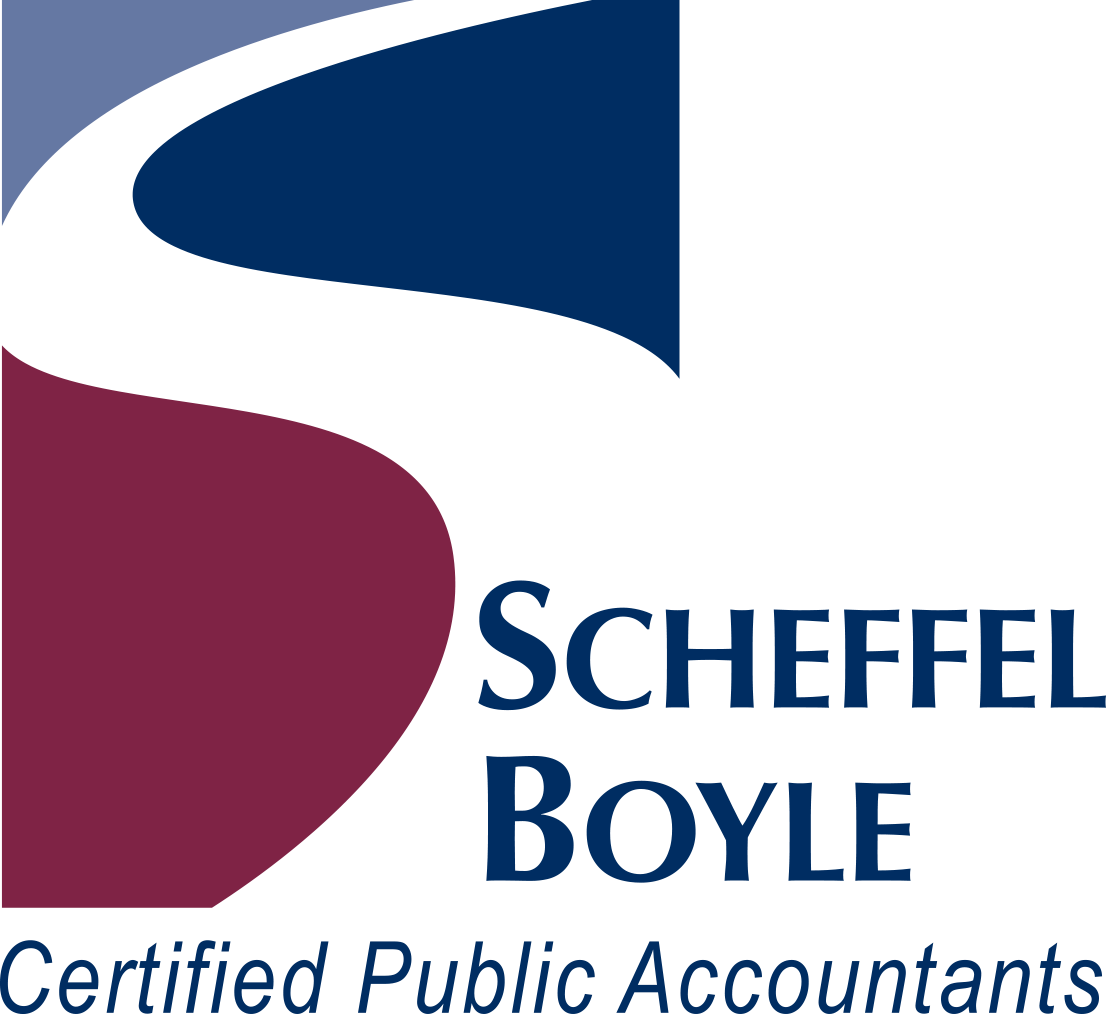Appreciating the Helpful Balance of Bonds
Stock market swings may bring fortune or fear, so investors shouldn’t forget about the helpful balance of bonds. Perhaps the most “user friendly” is a U.S. government savings bond. Buying one means you’re essentially lending the federal government money at a certain interest rate in exchange for a future return. U.S. savings bonds don’t offer as high a yield as other investment instruments, but they’re highly stable. Interest on U.S. government bonds is taxable on federal income tax returns, but it’s often exempt on state and local returns.
Another government investment option is a Treasury bill. These are short-term government securities with maturities ranging from a few days to 52 weeks. For a more long-term option, look into Treasury notes. These government securities are generally issued with maturities of two, three, five, seven and 10 years and pay interest every six months.
If you’re looking to preserve capital while generating some tax-free income, consider a tax-exempt state or municipal bond. Here you lend money to a more localized government entity in exchange for regular payments. Keep in mind that interest may be taxable on state and local returns.
There are corporate bonds as well. These generally offer a higher yield than their federal or municipal counterparts, but there’s greater risk in terms of price fluctuation because of market interest rate changes and even default by the issuer. Plus, you’ll need to anticipate the tax implications. Interest from corporate bonds is subject to federal and state income tax. Plus, as with other types of bonds, you could incur capital gains if you sell the bond at a profit before it matures.



